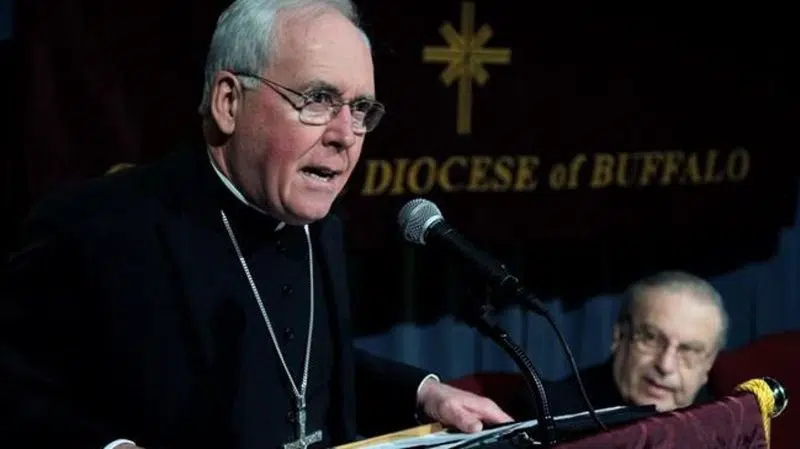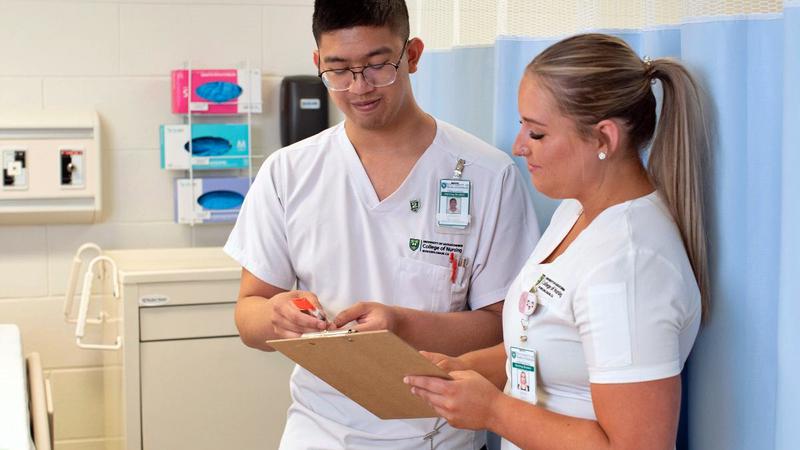
Buffalo Roman Catholic Diocese seeks bankruptcy protection
BUFFALO, N.Y. — The embattled Roman Catholic Diocese of Buffalo filed for bankruptcy protection Friday, taking another major step in its effort to recover from a clergy misconduct scandal that’s been the basis for hundreds of lawsuits, Vatican intervention and the resignation of its bishop.
With its filing in U.S. Bankruptcy Court, the western New York diocese became the second in the state to file for Chapter 11 reorganization, and one of more than 20 dioceses to seek bankruptcy protection nationwide. Most recently, the Roman Catholic Diocese of Harrisburg, Pennsylvania, filed Feb. 19.
The Buffalo diocese has faced particular turmoil in recent months, culminating in the Dec. 4 resignation of Bishop Richard Malone following a Vatican-mandated investigation. Malone had faced intense pressure from members of his staff, clergy and the public to step down amid criticism that he withheld the names of dozens of credibly accused priests and mishandled reports of misconduct against others.
Albany Bishop Edward Scharfenberger called the bankruptcy filing “a path forward to healing.”


